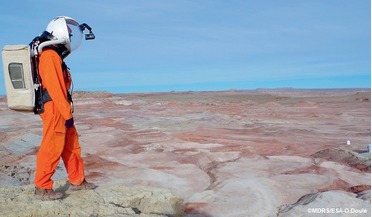 December 2014
Ready for Mars? From Mars-500 to zero-gravity medical issues
December 2014
Ready for Mars? From Mars-500 to zero-gravity medical issues
... Mars mission. The Moscow-based Institute for Biomedical Problems (IBMP) has joined with the University of London’s Centre for Space Medicine to develop this further. Crew members need to be team players, but at the same...
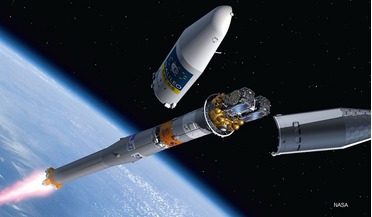 March 2015
On-orbit satellite servicing, insurance and lessons of Palapa B2 and Westar 6
March 2015
On-orbit satellite servicing, insurance and lessons of Palapa B2 and Westar 6
... because both satellites were successfully returned to Earth, refurbished and re-launched as Palapa B2P and Asiasat 1. Lloyds of London awarded the NASA crew the Silver Medal for Meritorious Service in recognition of their achievement. This was...
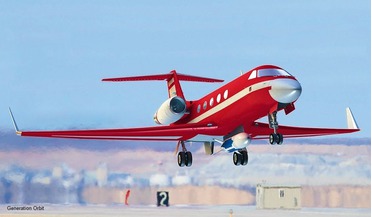 March 2015
Small is the new big: why micro-satellites require new laws
March 2015
Small is the new big: why micro-satellites require new laws
... a tracking device, such as the retro-reflector proposed by Dr. Stuart Eves during the last Re-Inventing Space Conference in London. This would make them trackable from the ground and offer larger satellites the opportunity to undertake...
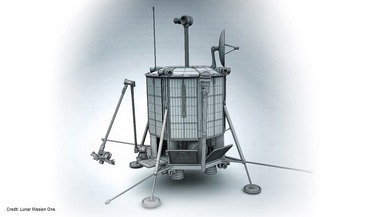 June 2015
Lunar Mission One: crowdfunding endeavour and drilling on the Moon
June 2015
Lunar Mission One: crowdfunding endeavour and drilling on the Moon
... from over 70 countries in the process. When it was officially launched at the end of 2014 at the Royal Society in London, the project received plenty of media interest in both its consumer proposition and its public engagement opportunities...
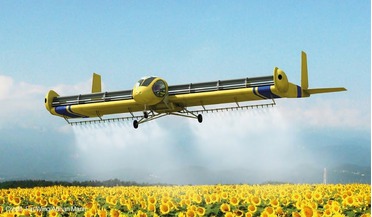 June 2015
FanWing: short take-off capability creates a new way to fly
June 2015
FanWing: short take-off capability creates a new way to fly
... point for the invention. Turning point Professor JMR Graham, then Head of Unsteady Aeronautics at Imperial College, London, asked Peebles to authorise his own departmental use of the wing as the basis for a graduate thesis because...
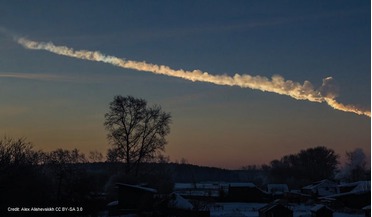 June 2015
Finding asteroids before they find us
June 2015
Finding asteroids before they find us
... 80 million trees. If this had impacted a metropolitan area, the blast zone would have been the size of London, Paris, or Washington, DC. To date, we have identified the trajectories of less than one percent of asteroids, or about 10,000 that...